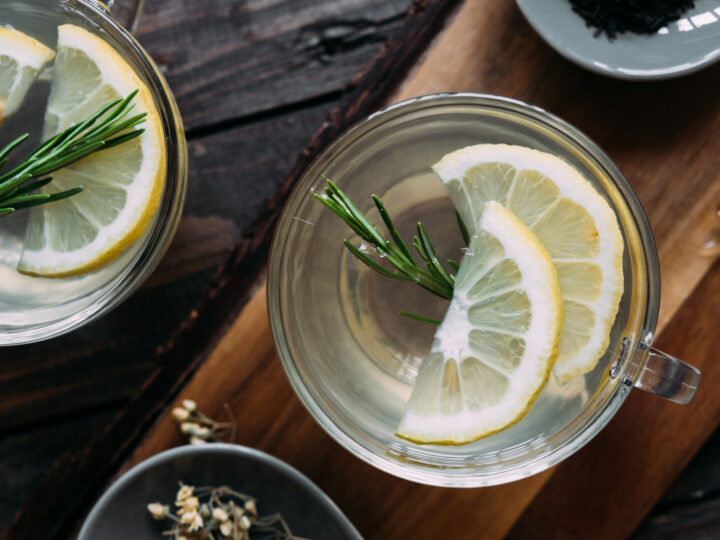WU GU: THE FIVE CHINESE GRAINS AND WHY YOU NEED TO KNOW ABOUT THEM
Food Is Medicine And Grains Are No Exception
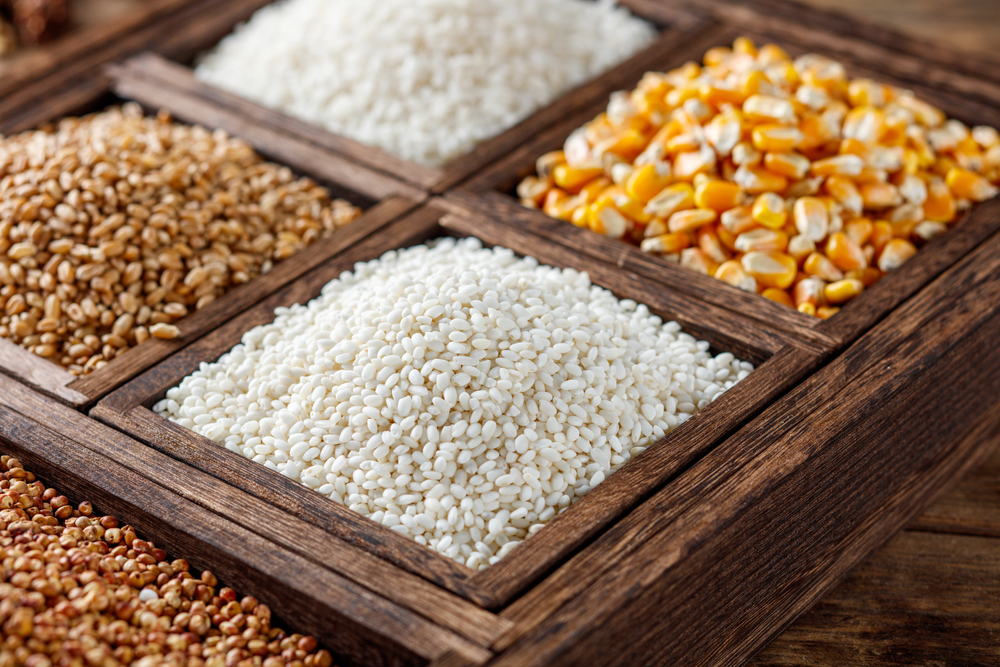
In TCM, food is medicine. In fact, an entire ancient medical textbook was written about it. The Yellow Emperor’s Classic of Medicine” or Huang Di Nei Jing is a 2000 year old book that outlines the Five Natures and Flavors of Food.
But the Five Flavor theory doesn’t stop there. It also includes something called wu gu, or the Five Grains.
Wu Gu: The Chinese Five Grains
First, let’s recap the Five Flavors of food. In TCM, all foods are categorized as having one of five flavors:
- Sour
- Bitter
- Sweet
- Pungent
- Salty
After we eat food, it goes from our stomach to our organs. The flavor of the food dictates which organ it works on. Acidic food goes to the Liver, bitter food heads to the Heart, sweet food enters the Spleen, pungent food heads to the Lung, and Salty food goes to the Kidney.
Alongside the Five Flavors are the Five Grains:
- Wheat
- Brown rice
- Millet
- White rice
- Beans
These grains are so special in Chinese culture because they were thought to come from holy rulers to help support the Chinese people. These key crops allowed the hunter-gatherer society to transform into a farming community. Basically, these five grains laid the foundation for Chinese civilization.
Each of the five grains is also connected to one of the organs. Wheat is related to the Liver, Millet goes to the Spleen, beans are good for the Kidneys, white rice nourishes Lungs, and brown rice goes to the Heart.
Modern Wu Gu
Wu gu has been around for a long time, and most of them are still eaten regularly today. But they’re also used in special rituals. For instance, in Southern China the Hokkien culture has a tradition called Chui Zhao Fan. During the ceremony, an old-fashioned stove is made and dried seeds of each of the Five Grains is placed in the chimney. This is supposed to be an offering to the Kitchen God (Zao Jun).
Outside of rituals, the Five Grains are still used in modern Chinese cooking. Though they aren’t usually cooked all together, they show up individually in many different recipes. The grains are also turned into foods like noodles, wontons, and spring roll wrappers. In some form or another, the Five Grains are used in almost every Chinese dish.
Health Benefits of the Five Grains
Thinking of incorporating Wu Gu into your everyday diet? Here’s some fast facts about the health benefits of each of the Five Grains.
Wheat
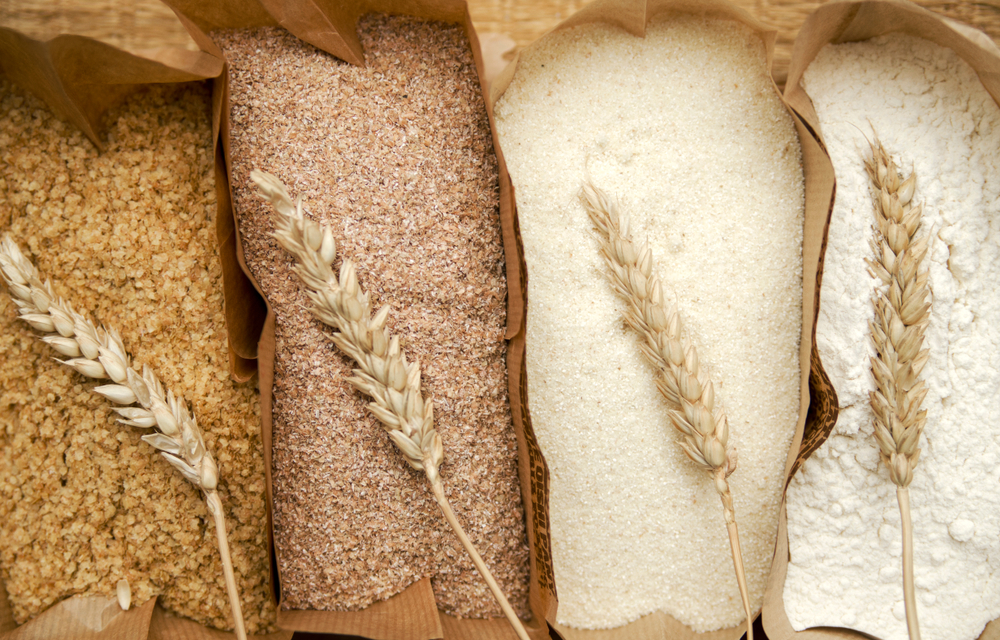 There’s lots of different kinds of wheat. Bread wheat is the most common, but there’s also durum, spelt, emmer, and einkorn varieties. Like all of the Five Grains, wheat is mostly made up of carbohydrates, but it also has fiber and protein in it.
There’s lots of different kinds of wheat. Bread wheat is the most common, but there’s also durum, spelt, emmer, and einkorn varieties. Like all of the Five Grains, wheat is mostly made up of carbohydrates, but it also has fiber and protein in it.
Some people choose to avoid eating wheat because they’re gluten intolerant, but for others it can be a great help for digestion. Wheat bran contains quite a bit of fiber which is great for “staying regular” and even relieving constipation. And researchers have found that a high-fiber diet can help stave off colon cancer.
But we should not forget that wheat today is substantially different from the wheat of another era. It has been bred to have more gluten and other proteins, which can be difficult to digest. Gluten triggers zonulin which allows permeation of the intestinal barrier and can lead to leaky gut syndrome and high amounts of the inflammatory lipoprotein A. The ancient Chinese may not have needed to worry about these, but today we do!.
Brown rice
Rice is so important to Chinese culture that two different kinds of rice made it onto this list. White rice is actually made from brown rice by removing the two outer layers, known as the germ and the bran.
But those outer layers are what makes brown rice healthier than white rice, with almost 4 times as much fiber. And a high fiber diet is great for weight loss because it keeps you full longer. Brown rice is also gluten free and has a low glycemic index, so it won’t spike your blood sugar after eating it. Whether you’re trying to lose weight or just up your fiber content, brown rice can be a great choice. However in China and India, home of Ayurveda, most people consume white rice which is easier to assimilate because of its lower lectins.
White rice
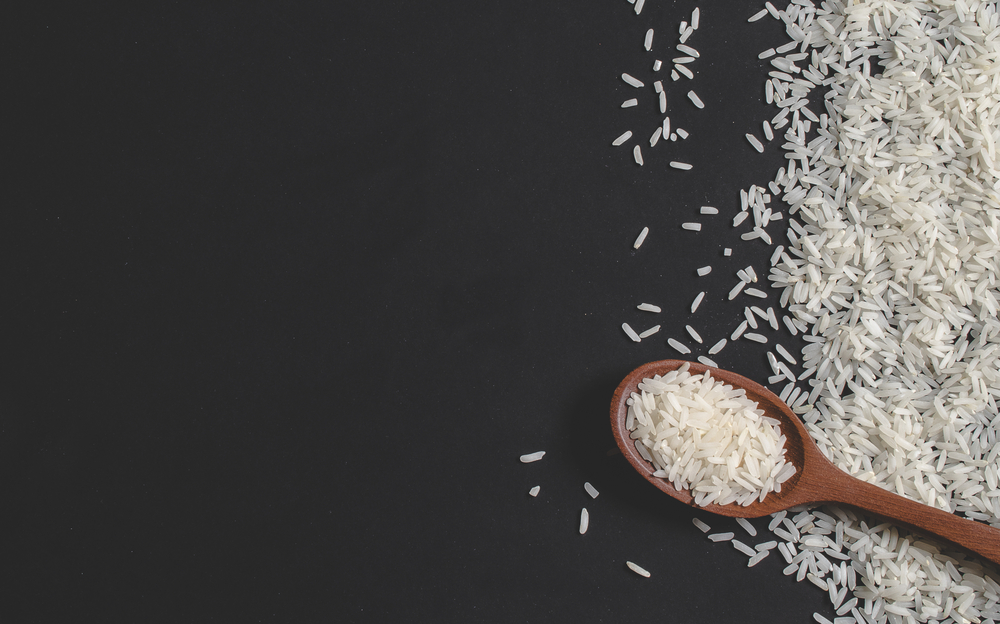 Here in the west, white rice sometimes gets a bad rap. It’s got less fiber, vitamins, and nutrients than brown rice. But sometimes, white rice is actually the better choice. Brown rice, as a whole wheat, is often touted as the best choice for weight loss, but studies have found that diets that revolve around white rice can be good for maintaining a healthy weight too. So at the end of the day, it looks like either brown rice or white rice can help you stay healthy.
Here in the west, white rice sometimes gets a bad rap. It’s got less fiber, vitamins, and nutrients than brown rice. But sometimes, white rice is actually the better choice. Brown rice, as a whole wheat, is often touted as the best choice for weight loss, but studies have found that diets that revolve around white rice can be good for maintaining a healthy weight too. So at the end of the day, it looks like either brown rice or white rice can help you stay healthy.
Millet
Millet isn’t used often in the west, but it’s an important grain in Asian and African cultures. It’s small and round so it looks like a seed. Loaded with fiber, protein, and antioxidants, this little grain is a healthy powerhouse.
Millet is chock-full of antioxidants like ferulic acid and catechins that protect the cells in your body from dangerous free radicals. Like many of the other Five Grains, millet has a low glycemic index so it helps keep blood sugar levels in check. And thanks to its high fiber content, millet can lower your cholesterol levels.
Millet is easy to cook and has a light, cous-cous-like texture. It’s growing in popularity here in the west, so make sure to jump on this bandwagon early!
Beans
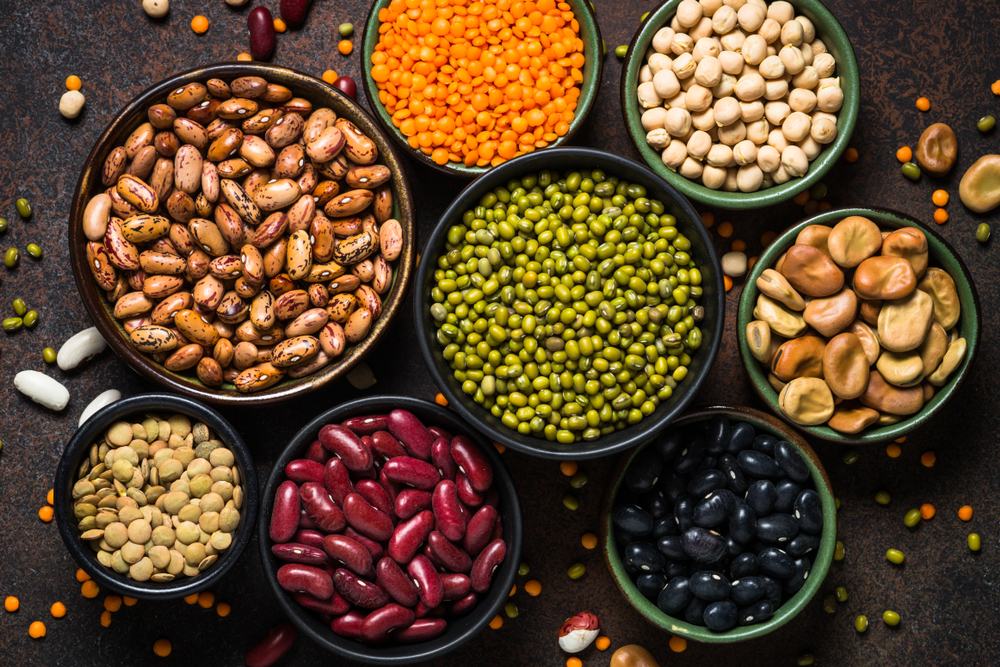 Beans are an important part of Chinese cuisine, and there’s lots of varieties to choose from. You can opt for Mei tau (black eye peas), Chinese long beans, soy beans, mung beans, and Ang tau (red beans). Each kind of bean has its own unique health benefits, but many are high in protein and fiber while being low in calories. That means they’ll fill you up and keep you satiated for a long time.
Beans are an important part of Chinese cuisine, and there’s lots of varieties to choose from. You can opt for Mei tau (black eye peas), Chinese long beans, soy beans, mung beans, and Ang tau (red beans). Each kind of bean has its own unique health benefits, but many are high in protein and fiber while being low in calories. That means they’ll fill you up and keep you satiated for a long time.
Here in the west, soybeans (also known as edamame) are probably the easiest to find. And luckily, they’re jam-packed with helpful nutrients and vitamins. For instance, they are loaded with antioxidants called isoflavones, which are known for lowering the risk of cancer. They’re great for menopausal women because they protect bone density and can reduce the chance of heart disease. You can find them in many grocery stores in the frozen aisle. They’re easy to mix into a stir-fry or simply lightly salt them and enjoy!
Newer
Soup, Smoothies and Salads, Oh My! 3 Eastern Medicine Detox Recipes
Older
Herbal Decoctions Versus Herbal Tinctures: What's The Difference?
Comments (0)
Leave a reply
You must be logged in to post a comment.


